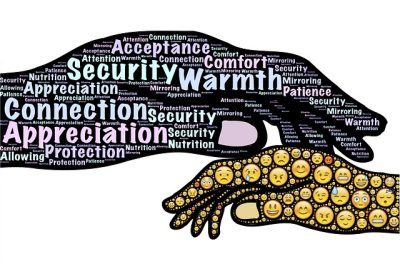Background: Cognitive interpretations of stressful events impact their implications for physiological stress processes. However, whether such interpretations are related to trait cortisol-an indicator of individual differences in stress physiology-is unknown. In 112 early adolescent girls (M age = 12.39 years), this study examined the association between self-blame estimates for past year events and latent trait cortisol, and whether maternal warmth moderated effects. Overestimating self-blame (versus objective indices) for independent (uncontrollable) events was associated with lower latent trait cortisol, and maternal warmth moderated the effect of self-blame estimates on latent trait cortisol for each dependent (at least partially controllable) and interpersonal events. Implications for understanding the impact of cognitive and interpersonal factors on trait cortisol during early adolescence are discussed.
Individual differences in early adolescents’ latent trait cortisol: Interaction of early adversity and 5-HTTLPR
Background:
The present study aimed to examine the interaction of 5-HTTLPR and early adversity on trait-like levels of cortisol. A community sample of 117 early adolescent girls (M age=12.39years) provided DNA samples for 5-HTTLPR genotyping, and saliva samples for assessing cortisol 3 times a day (waking, 30min post-waking, and bedtime) over a three-day period. Latent trait cortisol (LTC) was modeled using the first 2 samples of each day. Early adversity was assessed with objective contextual stress interviews with adolescents and their mothers. A significant 5-HTTLPR×early adversity interaction indicated that greater early adversity was associated with lower LTC levels, but only among individuals with either L/L or S/L genotype. Findings suggest that serotonergic genetic variation may influence the impact of early adversity on individual differences in HPA-axis regulation. Future research should explore whether this interaction contributes to the development of psychopathology through HPA axis functioning.

